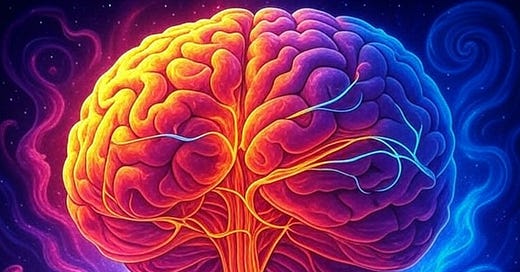Vagus Nerve Stimulator battles drug resistant depression and more
Clinical and Investor Update
How can a nerve in your neck be recruited to combat depression and other maladies? The Vagus is an extremely long nerve that wanders from the brainstem (the part of the brain responsible for basic life functions such as heartbeat and breathing) all the way down to the bowels. A Vagus Nerve Stimulator (VNS) is a surgically implanted pacemaker-like device…
Keep reading with a 7-day free trial
Subscribe to From Brain to Mind to keep reading this post and get 7 days of free access to the full post archives.



